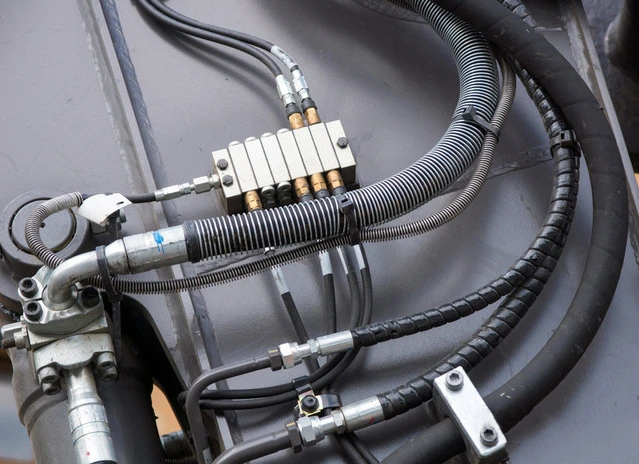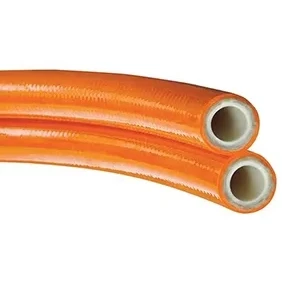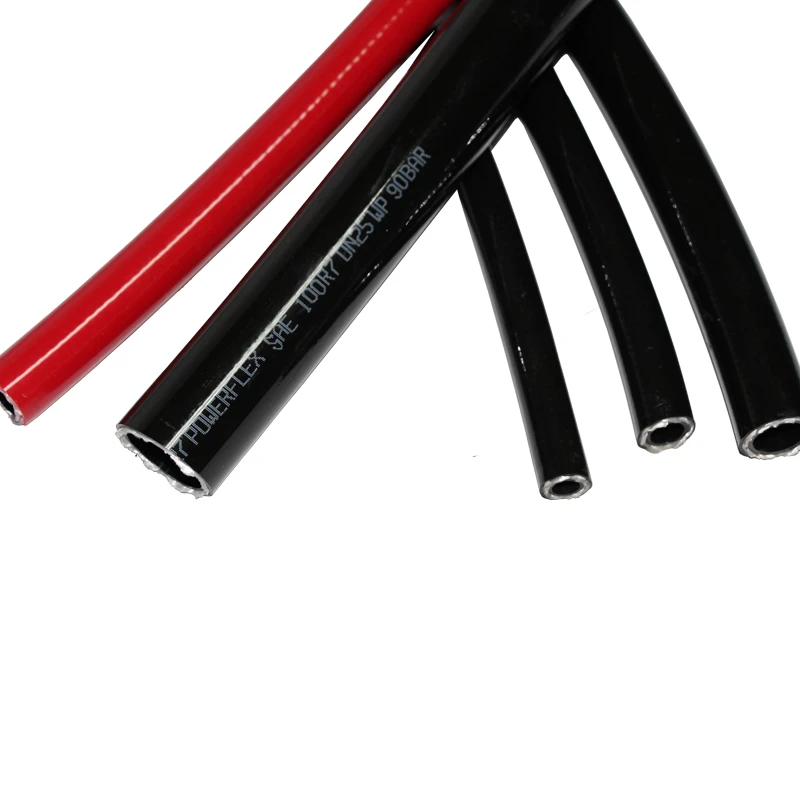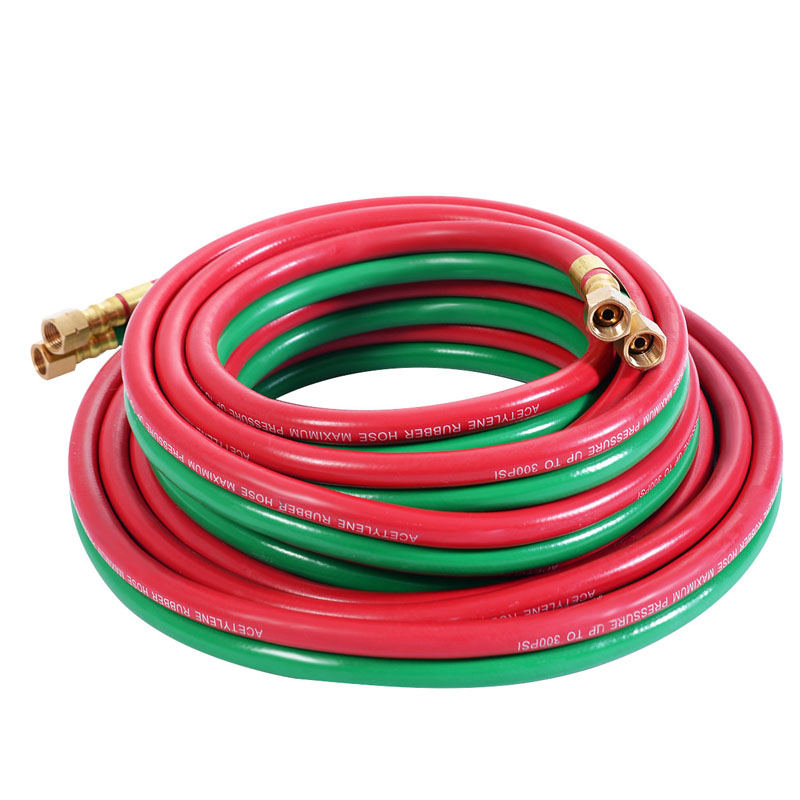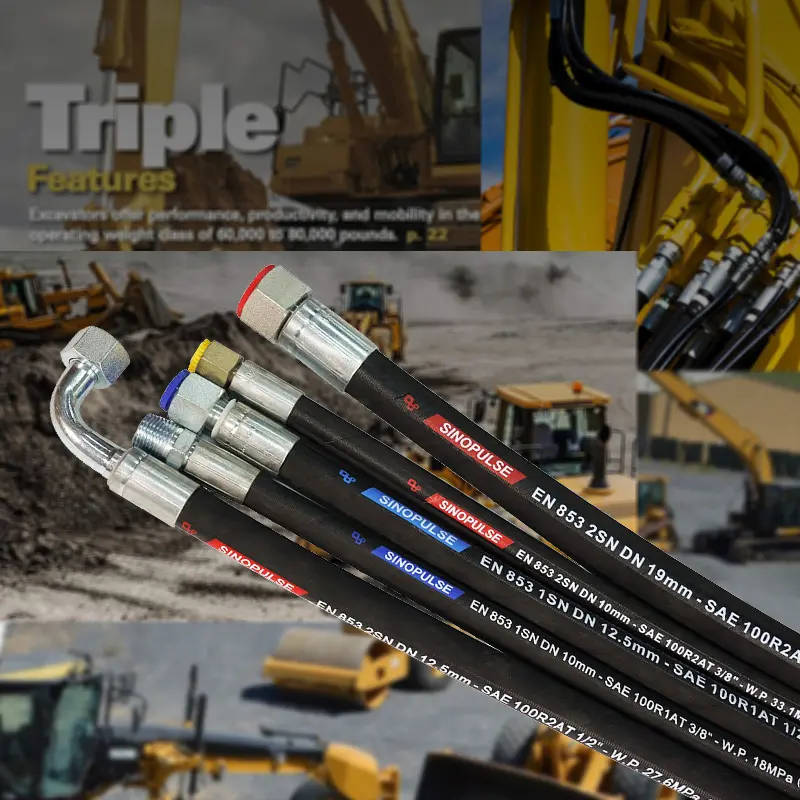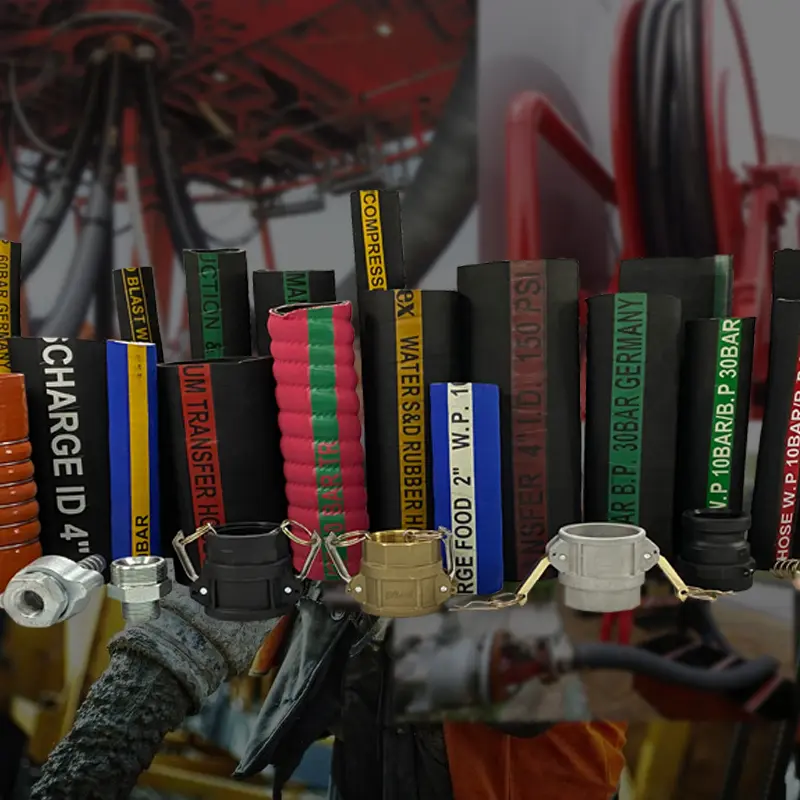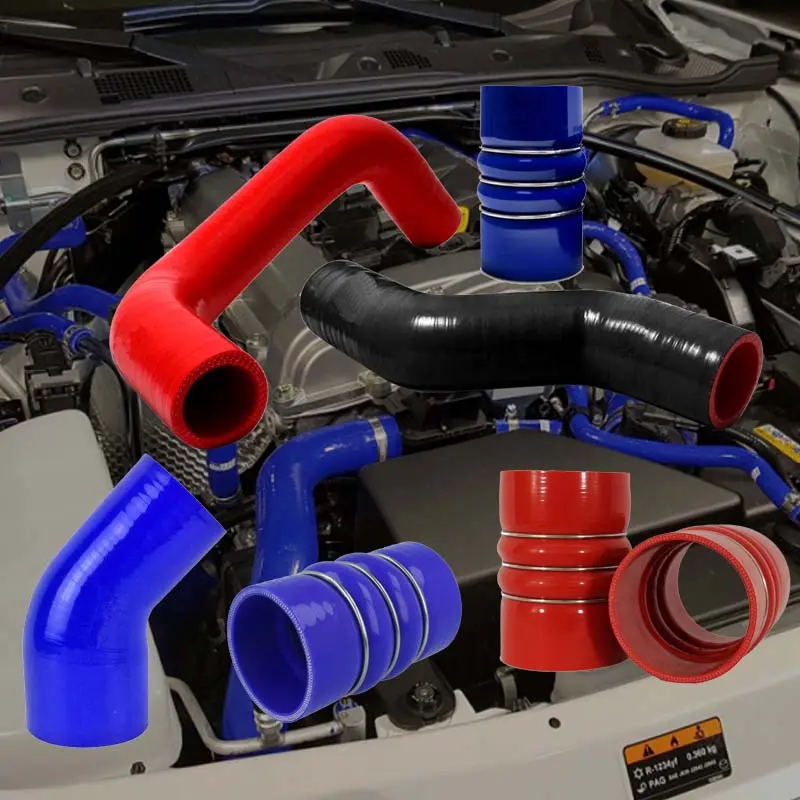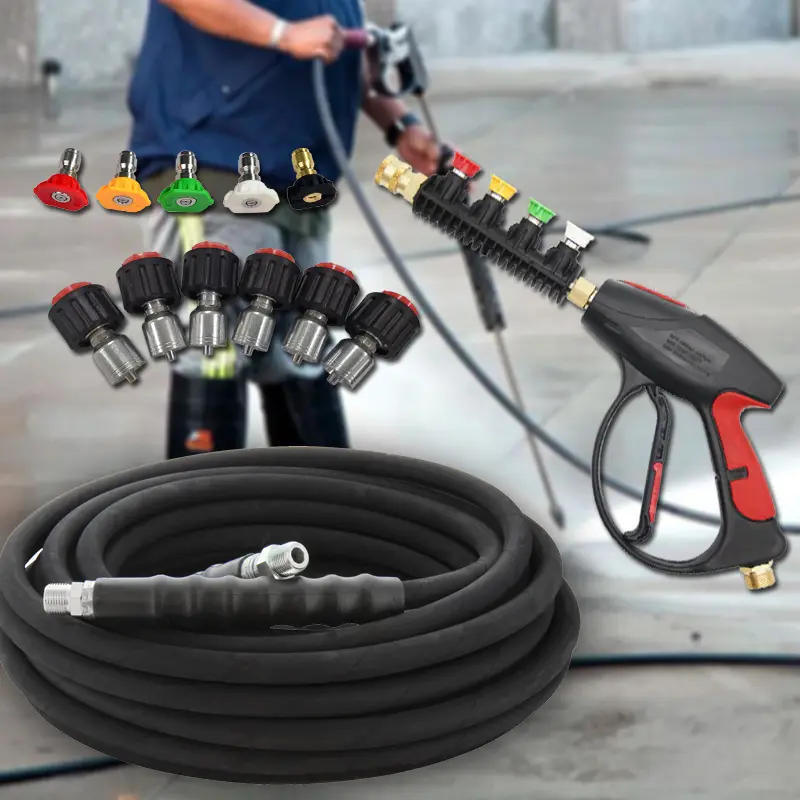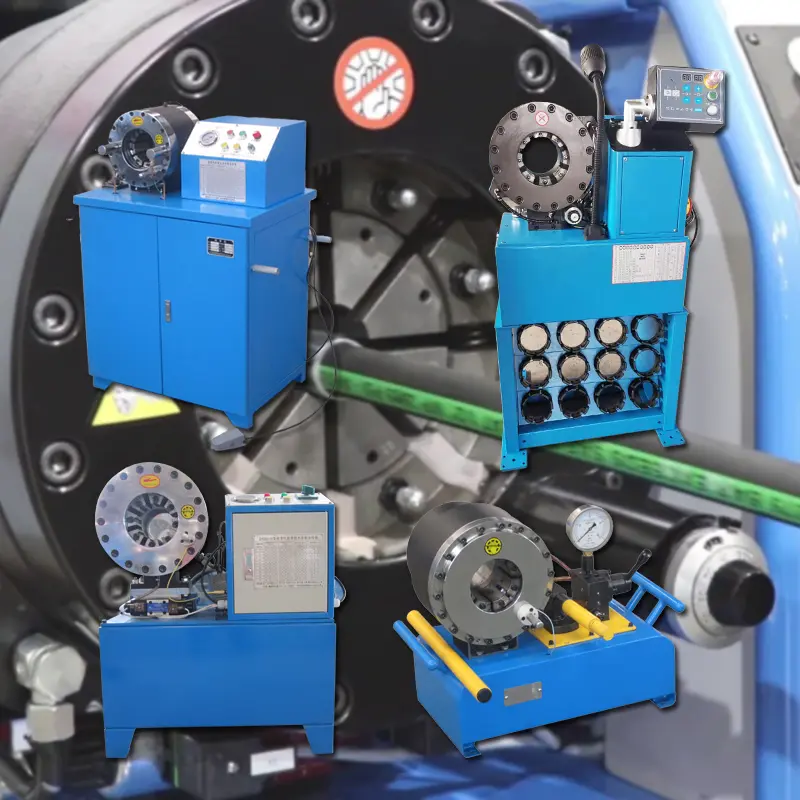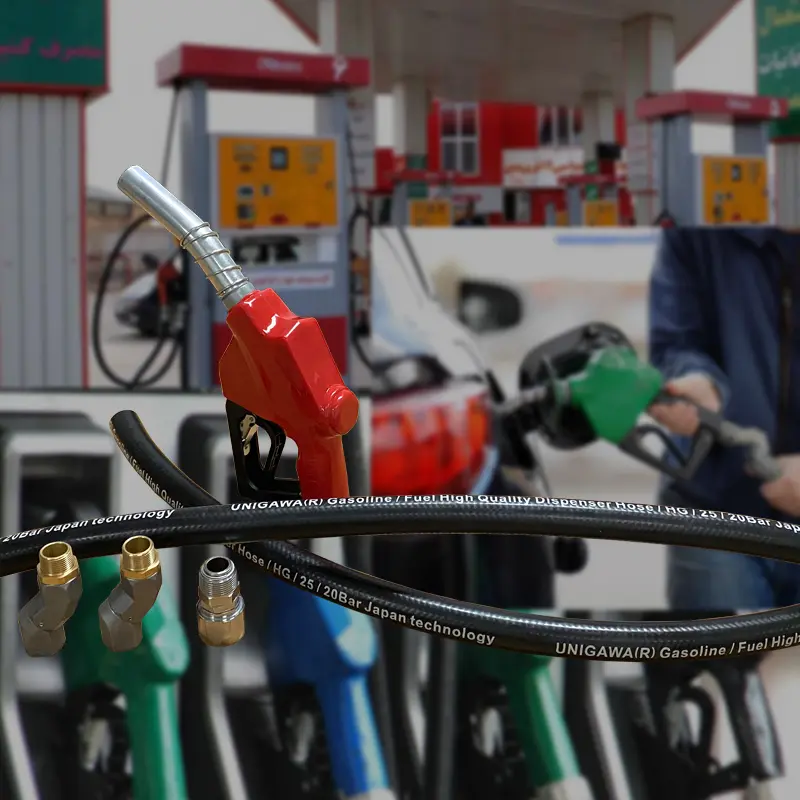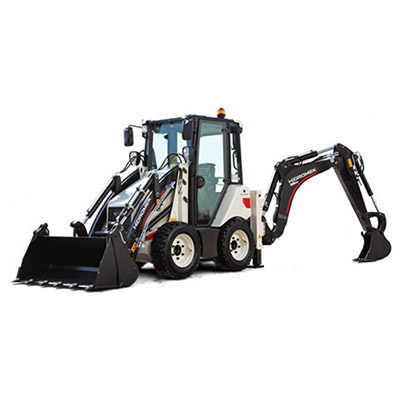
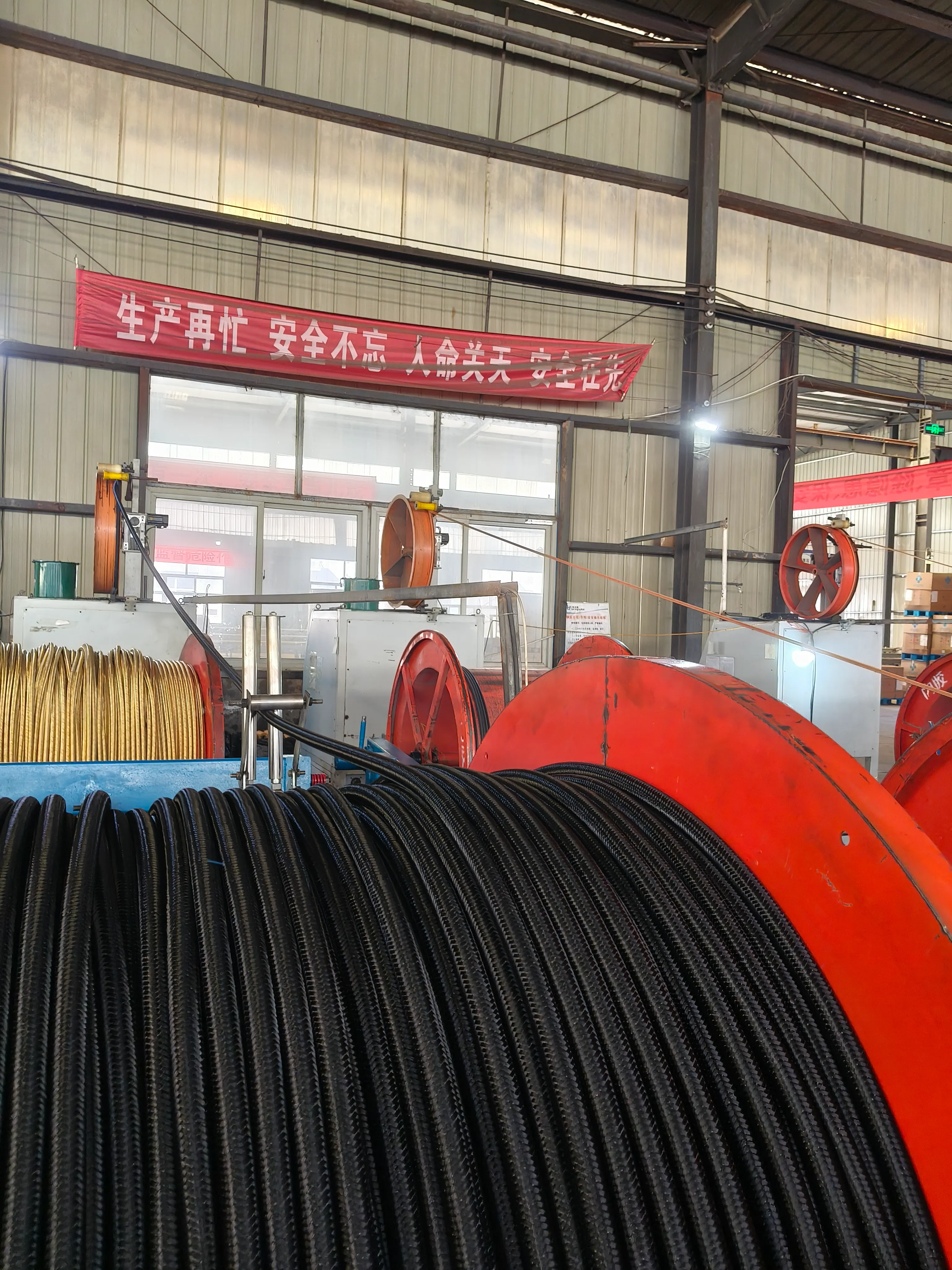
Recognizing signs of brake hose failure is vital for maintaining road safety. Drivers should regularly inspect their hoses for cracks, leaks, or bulges. A visible sign of damage usually indicates that the hose needs immediate replacement. Drivers may also notice symptoms like brake fluid leaks, reduced braking efficiency, or the need to apply more pressure than usual to slow down the vehicle. Such warnings should never be ignored and warrant an inspection by a qualified mechanic to ascertain the condition of the brake hoses. Replacing brake hoses is not merely a repair task; it's an investment in safety. When replacing, always opt for high-quality hoses that meet or exceed OEM standards. While aftermarket options may offer cost savings, they might not always provide the same level of reliability. It's also crucial to seek the expertise of skilled technicians to ensure proper installation, as incorrect fittings can lead to dire consequences. Furthermore, regular maintenance, including brake fluid changes and system inspections, can prolong the life of brake hoses. Brake fluid absorbs moisture over time, leading to potential internal corrosion, which can degrade the internal lining of a brake hose. Flushing and replacing brake fluid at manufacturer-recommended intervals can help safeguard against this risk. In conclusion, although often underestimated, the car brake hose is a pivotal component of the automotive braking system. Regular inspection, understanding the types available, and choosing quality replacements are key to ensuring your vehicle's safety and performance. Becoming knowledgeable about the brake hose not only extends the lifetime of the braking system but also instills confidence every time you press the pedal.
Previous:
Next:
OUR LATEST NEWS
Strict quality control strict production team to ensure stable products quality. Scientific personnel management, efficient production arrangements to ensure our timely delivery.
Product Application









